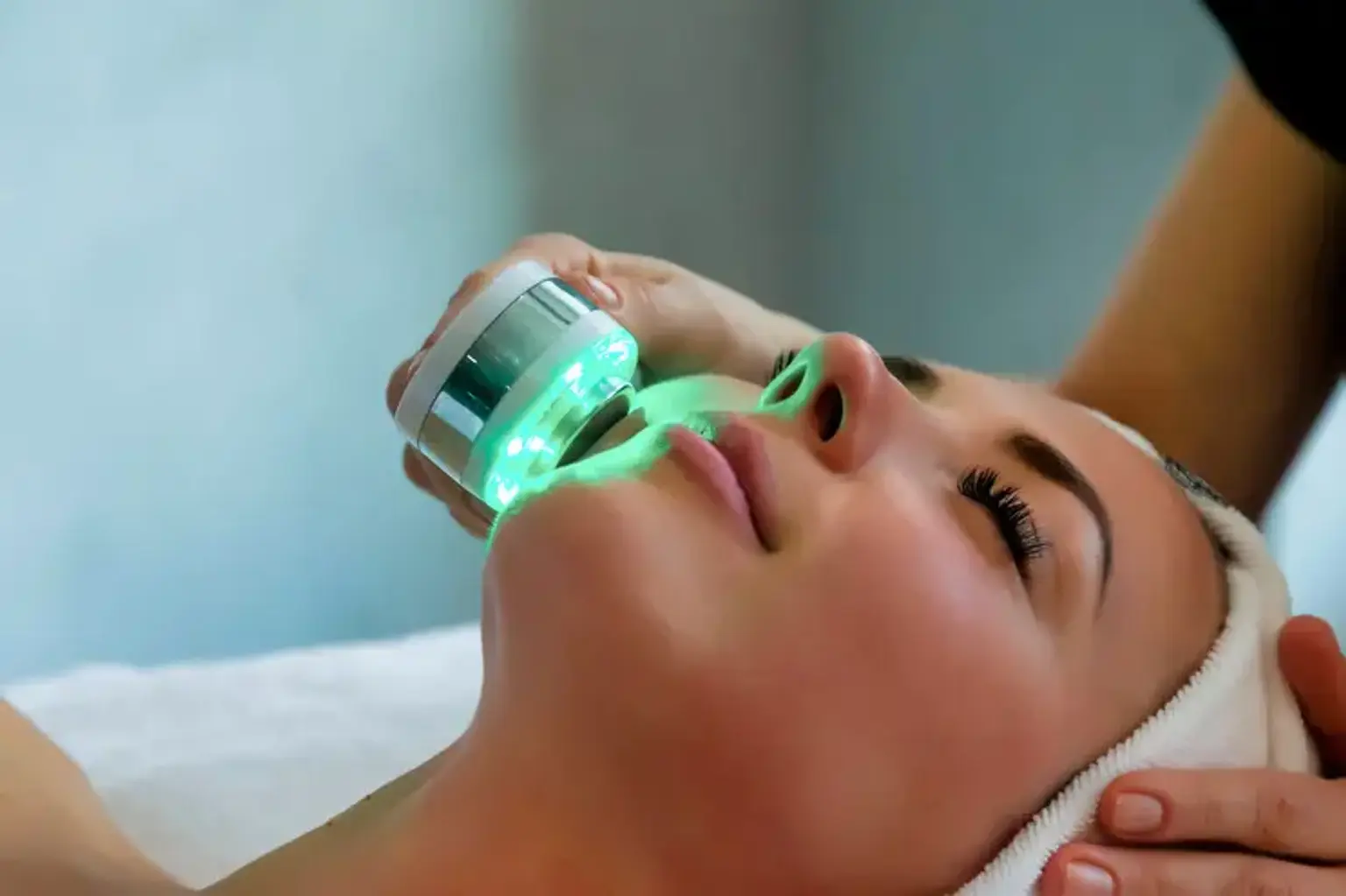Introduction
Phototherapy, or light therapy, is a medical treatment that uses various light wavelengths to address skin conditions. In recent years, it has become increasingly popular for treating ailments like psoriasis, eczema, acne, and even vitiligo. This non-invasive procedure harnesses the power of ultraviolet (UV) light or red light to reduce inflammation, stimulate healing, and improve skin appearance.
With its ability to target the underlying causes of many chronic skin conditions, phototherapy offers an alternative to more traditional treatments like topical medications. As more people seek effective solutions for their skin issues, the global use of phototherapy continues to grow.
What is Phototherapy?
Phototherapy involves exposing the skin to specific wavelengths of light, most commonly UV light or red light. By targeting the skin’s cells, phototherapy helps to regulate immune function, reduce inflammation, and promote healing. The light used in therapy typically falls within certain wavelengths (UVB, UVA, or red light), each having distinct effects on the skin.
The treatment works by slowing down excessive skin cell production and modulating the immune system, which can be particularly beneficial for conditions like psoriasis, eczema, and vitiligo. While phototherapy was initially used to treat conditions like jaundice in newborns, it has since expanded into dermatology as a key tool for managing skin disorders.
